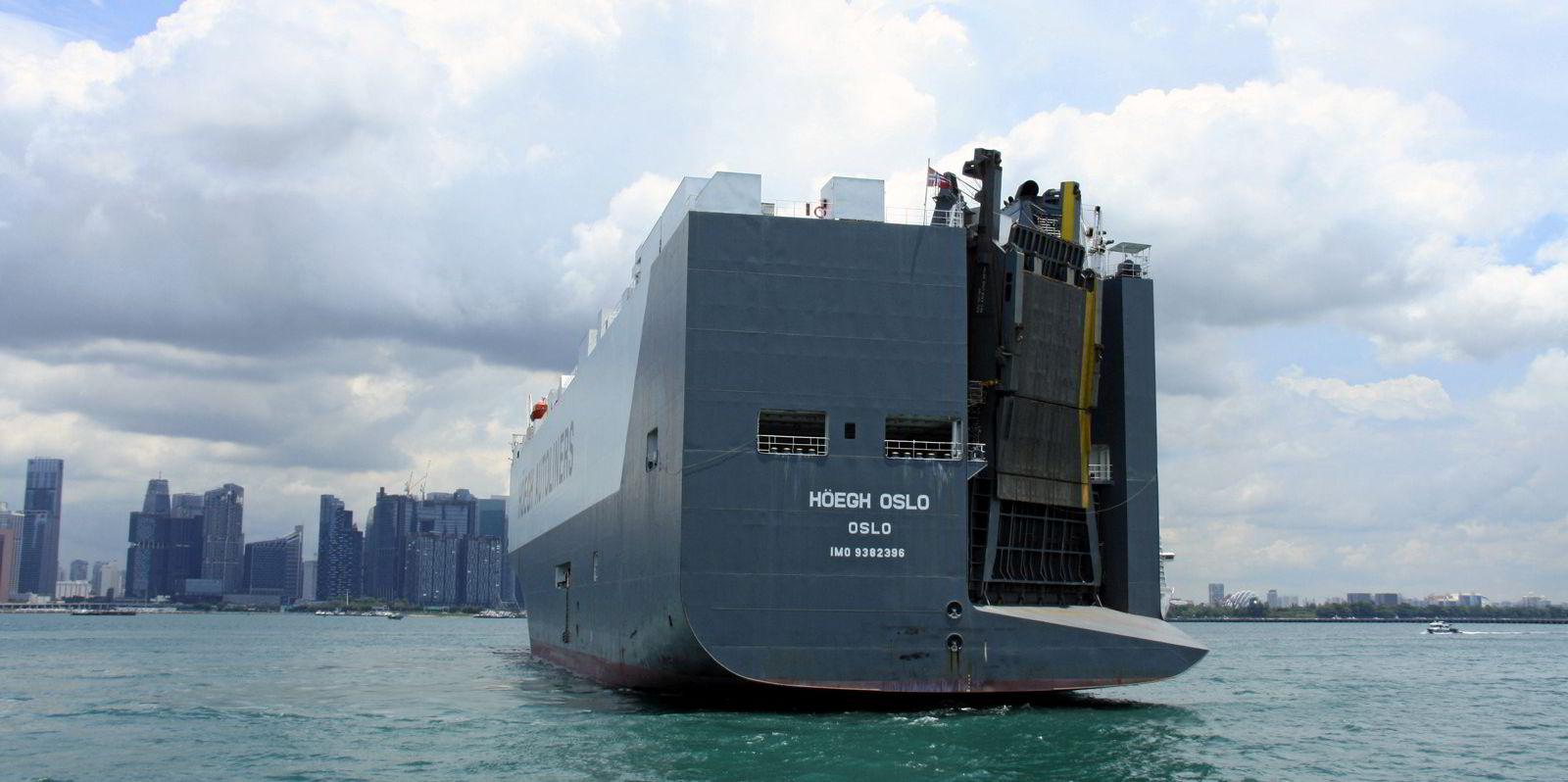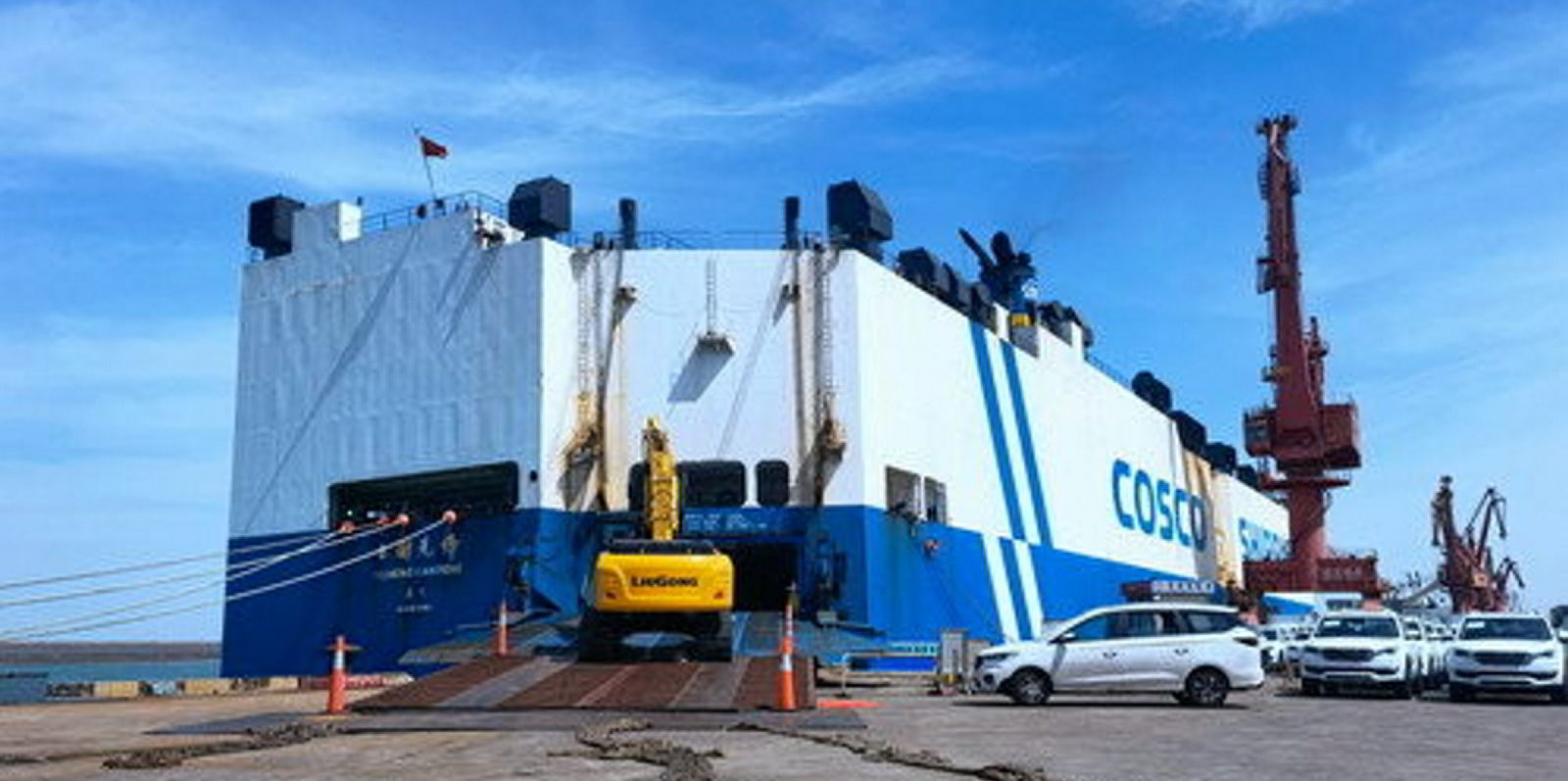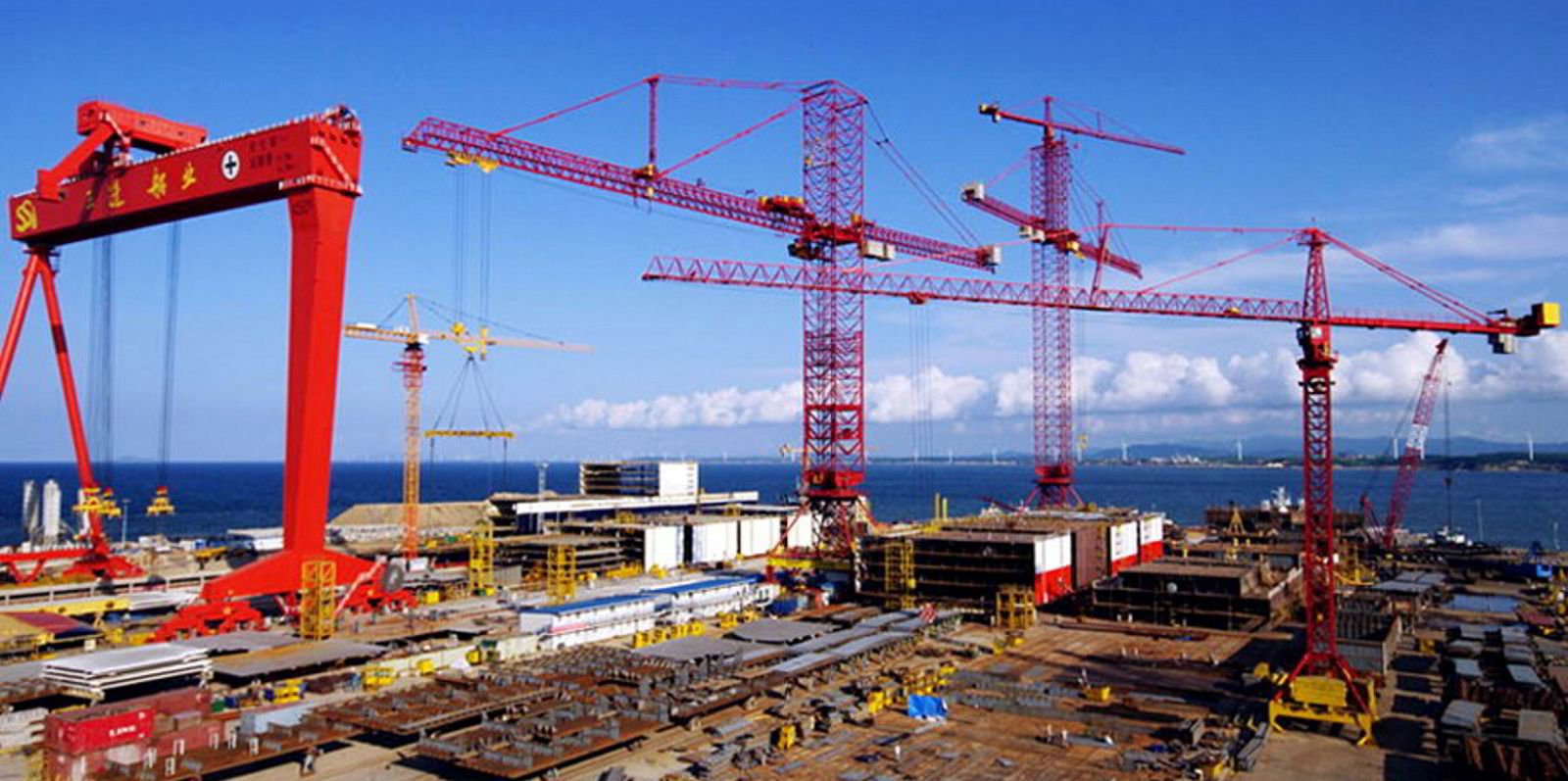Gram Car Carriers chief executive Georg Whist had one clear message to delegates at the recent Marine Money conference in Singapore, when it comes to the whole car carrier market, it is Asia to the world.
“That is what sets the demand for car carriers,” Whist said. “All the exporters of cars from China, South Korea, Japan, and some extent Thailand to the world, because everything else is backward trade.”
The car carrier sector’s cargo base has grown 37% since 2019, against zero fleet growth, he said.
With China’s vehicle exports growing from less than a million cars for export to around 4.5m in 2023 and automakers in Japan and South Korea seeing rising market share, demand for vehicle space in car carriers is outstripping supply.
“Of course, we take European cars to Asia,” Whist said. “But people may not realise that there are a number of Western brands being produced in China, Tesla being the largest. BMW, Volvo, General Motors also produce cars in China that are sold in the world markets.”
Market data cited by Whist showed there are more cars being exported from Asia than what available capacity there is on the car carriers operating to and from the region.
Throughout this year there has been an undersupply of around 40 vessels out of Asia.
Whist claimed this leads to suboptimal solutions as cars are shipped in containers and in special decks in the cargo holds of bulk carriers.
What does this mean for car carrier owners then?
“Magic happens! We get fantastic rates, we get longer contracts,” said Whist, who described Gram Car Carriers as having a very busy year.
“Last year, we were just starting to capture the upside. In the last 365 days, we have booked contracts worth $575m.”
The global pure car/truck carrier fleet currently stands at just over 750 vessels, with a significant majority operated by very large shipping and logistics companies, and dedicated operators who contract directly with car makers.
About half the fleet is controlled by Japanese operators. A further 200 are controlled by South Korean operators, while just under 200 are controlled by others such as Gram Car Carriers, Hoegh Autoliners, Ray Car Carriers and Eastern Pacific Shipping.

The market has high barriers to entry due to the scale of operations, the need for relationships and demonstrated expertise. At the same time, it leads to a high degree of stability for existing players.
“Without a track record, you don’t get contracts,” said Whist, who described potential market entrants as facing a chicken-and-egg scenario.
“If you try to enter the trade but don’t have a track record you will probably have to start with used cars and build yourself up. This takes time.”
But the high barriers to entry will not preclude stiff competition in the future. Whist noted that the Chinese car carrier fleet currently stands at around a mere 15 ships.
He said the Chinese are building up their fleet around Cosco and automakers BYD and Cherry Automotive.
“These three companies will be coming up,” Whist said. “They will need close to 200 ships to carry the Chinese exports because the Chinese are not going to accept that their car exports are getting carried by foreign carriers. This is a very natural evolution.”
Gram Car Carriers has a fleet of 20 ships chartered to 13 different counterparties. These include three Japanese car makers, some in South Korea, some in Europe, as well as shipping companies such as K Line and NYK Line that have contracts with automakers.
Whist said it was important to hedge risk by having a diversified portfolio of counterparties.
Commenting on future fleet plans for Gram Car Carriers, he said that despite the strong market, the company remained extremely disciplined with regard to capital allocation.
“We will keep on looking, keep on negotiating,” Whist said. “It might be newbuildings, it might be secondhand, but you know, it’s difficult to find ships because everyone is making good money and likes their ships better.”
He conceded that without the wheeling and dealing and asset plays seen in other shipping sectors, the car carrier sector can be seen by some as “a bit boring”. But that, he concluded, is also a good thing.
“You can sleep well, collect your money and enjoy this very good ride,” Whist said.





